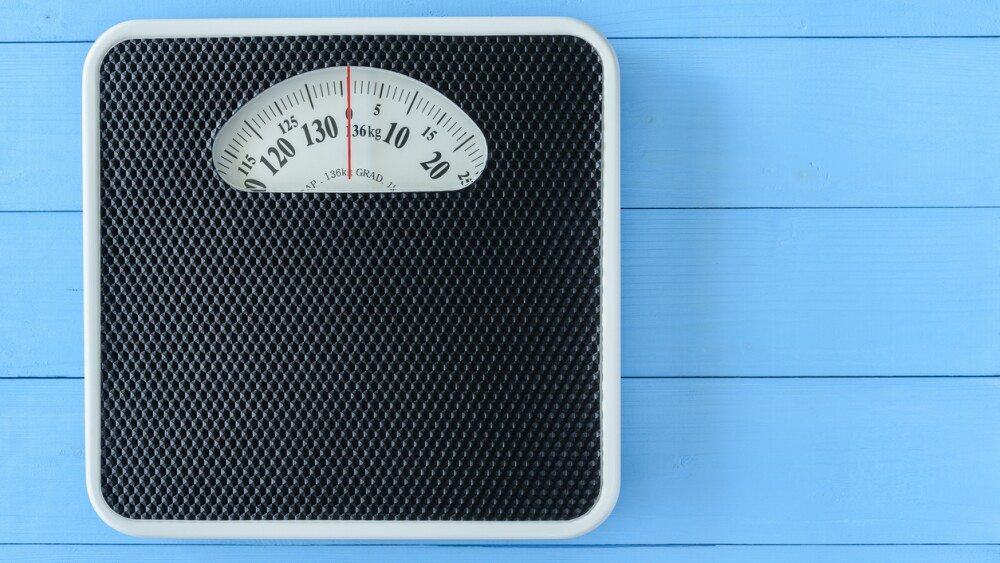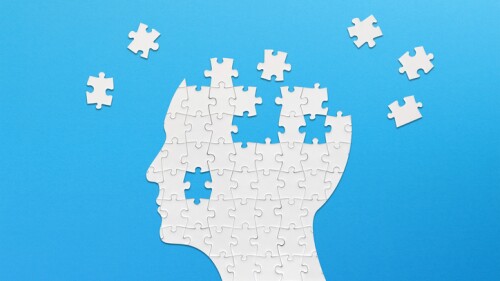Drug Development
The San Diego–based company’s molecules avoid the well-trod GLP-1 pathway in favor of an alternate route in the gut.
FEATURED STORIES
A handful of billion-dollar deals in the rare disease space highlights the uptick in Big Pharma’s investment, but it’s still extremely low compared to the money flowing to more common indications.
Investigational CAR T therapies stole the spotlight at the American College of Rheumatology Convergence as data presented by Bristol Myers Squibb, Kyverna Therapeutics and more highlighted their potential to effectively treat lupus.
In this deep dive BioSpace explores the opportunities and challenges presented by the FDA’s accelerated approval program.
Subscribe to ClinicaSpace
Clinical trial results, research news and highlights from our editorial team, in your inbox every Monday
THE LATEST
The overall survival edge over J&J’s Darzalex will help GSK strengthen its case as it plots the market comeback of Blenrep, which was pulled after a failed confirmatory study.
Anito-cel has shown no signs of delayed neurotoxicity at around 9 months of follow-up, hinting at a safety profile that could set it apart from J&J and Legend’s Carvykti.
According to Jake Van Naarden, president of Lilly Oncology, the excess deaths could be due to the high rate of crossover in BRUIN CLL-321.
Relmada Therapeutics will halt two Phase III trials of a major depressive disorder drug after a futility assessment and explore strategic alternatives including a potential sale to maximize shareholder value.
Tavapadon improved motor and daily living complications at week 26. The news comes nearly one month to the day after AbbVie announced the Phase II failure of another key Cerevel asset, emraclidine.
Analysts called the data “very competitive” but raised questions about safety. Merck gained ownership of the ADC when it acquired VelosBio in November 2020 for $2.75 billion.
The discontinuation of STRIDES is a rare stumble for the next-generation obesity field and comes just weeks after Amgen announced underwhelming mid-stage data for MariTide.
Vertex unveiled long-term durability data for Casgevy, while Beam presented Phase I/II findings for its investigational base editor BEAM-101, building up to a BLA by late 2026.
Not developing potency assays and gaining knowledge about MOAs early in the drug development process not only can break ATMP success but can cause costs and delays that lead to company closures.
The darlings of the weight loss and diabetes spaces, GLP-1 receptor agonists have shown promise against Alzheimer’s in recent studies—with Phase III results expected next year from Novo Nordisk.
















